Atomic Vapor Cell
Heart of Quantum Device
Atomic vapor cell is a core component of quantum device such as atomic gyroscope, atomic magnetometer or atomic clock. It is also known as atomic cell, atomic chamber, gas cell, gas chamber, rubidium bubble, cesium bubble, iodine bubble, glass cell, glass chamber, resonance cell, atom cell, atom chamber, atomic reference cell, microfabricated cell, and so on.
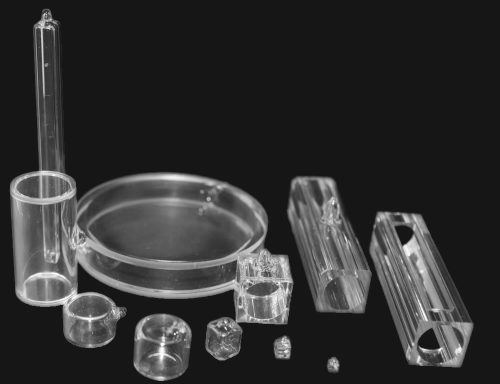
Advantages
- Long spin relaxation time
- Chemically stable
- High transparency
- Thin optical window
- Favorable temperature characteristics
- Fillable with any alkali metal or inert gas
- Atomic bonding craft
Cube Series
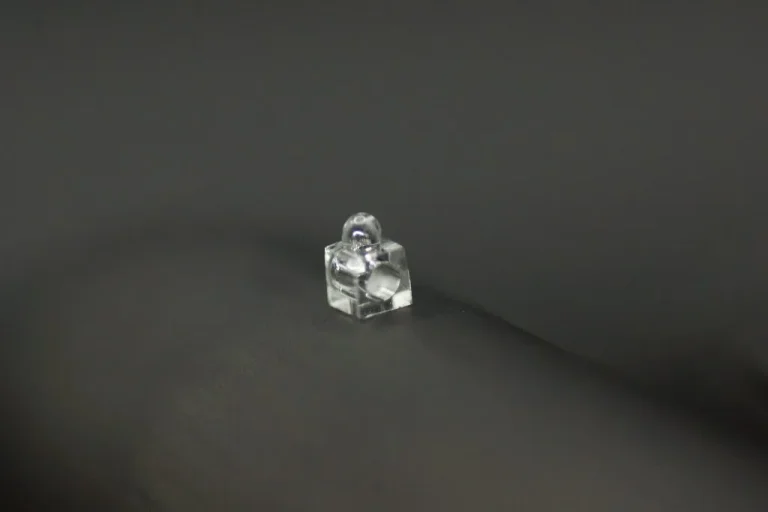
- Cube/rectangular cell with a cylindrical cavity in the middle
- Cross-section from 1×1 to 50×50 mm while length from 1 to 1000 mm
- Easier to apply heating film, more uniform heating
- Easier with arrays, high assembly precision
- Lower noise
- Longer relaxation time
- Better pressure resistance
- Applicable for applications in magnetometers, nuclear magnetic resonance (NMR) gyroscopes, CPT atomic clocks, laser frequency stabilization, atomic antennas (including atomic radar), and gyroscopic systems
>> Click here to learn more about sizes or parameters.
Circle series
- Terahertz transmittance at 550 GHz is greater than 80%
- Applied to terahertz imaging
>> Click here to learn more about sizes or parameters.
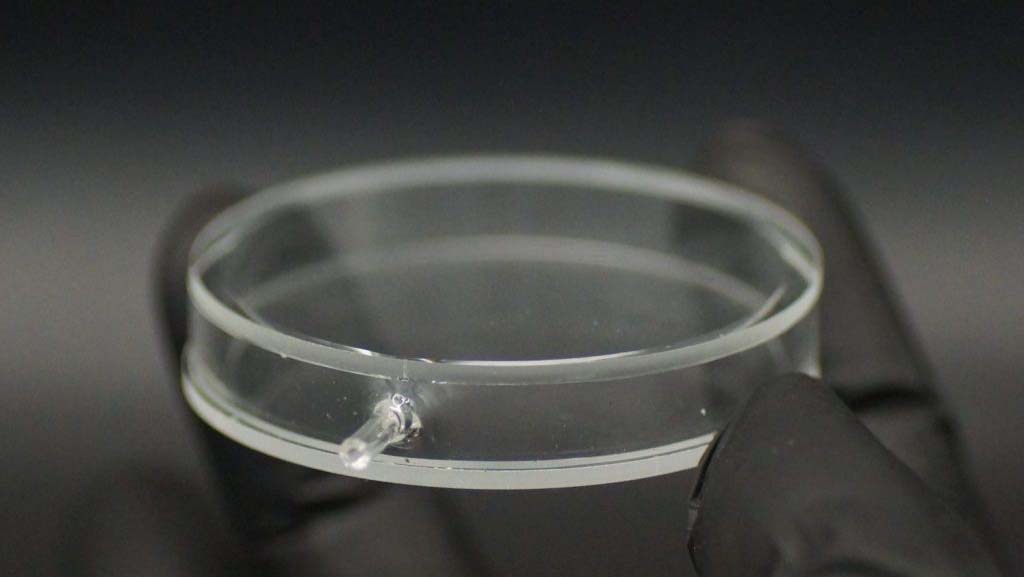
Square bubble series
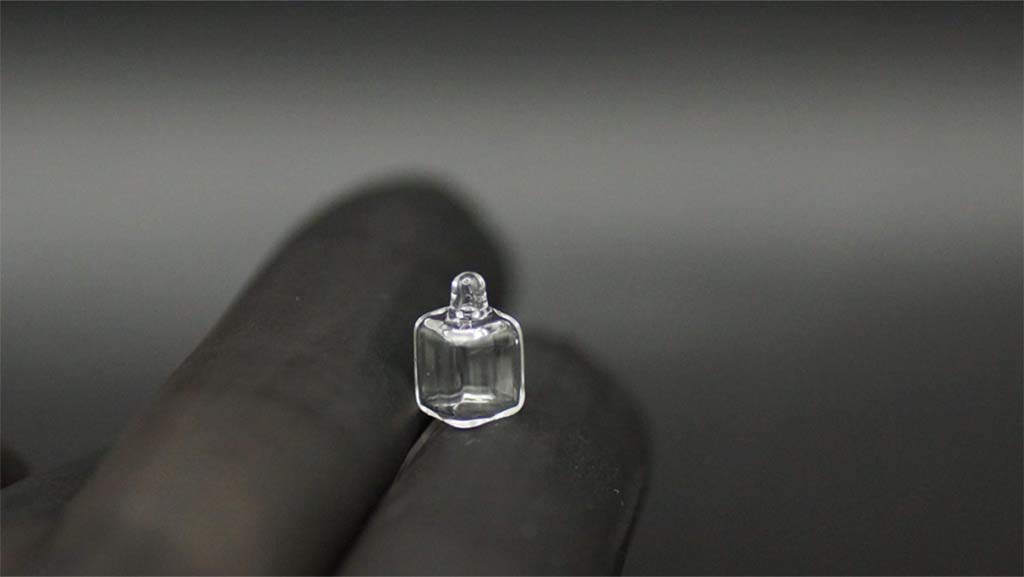
- Integral molding, no bonding, high strength, no leakage
- Applied to CPT atomic clocks
>> Click here to learn more about sizes or parameters.
Cylinder series
- Applied to Rydberg cells
>> Click here to learn more about sizes or parameters.
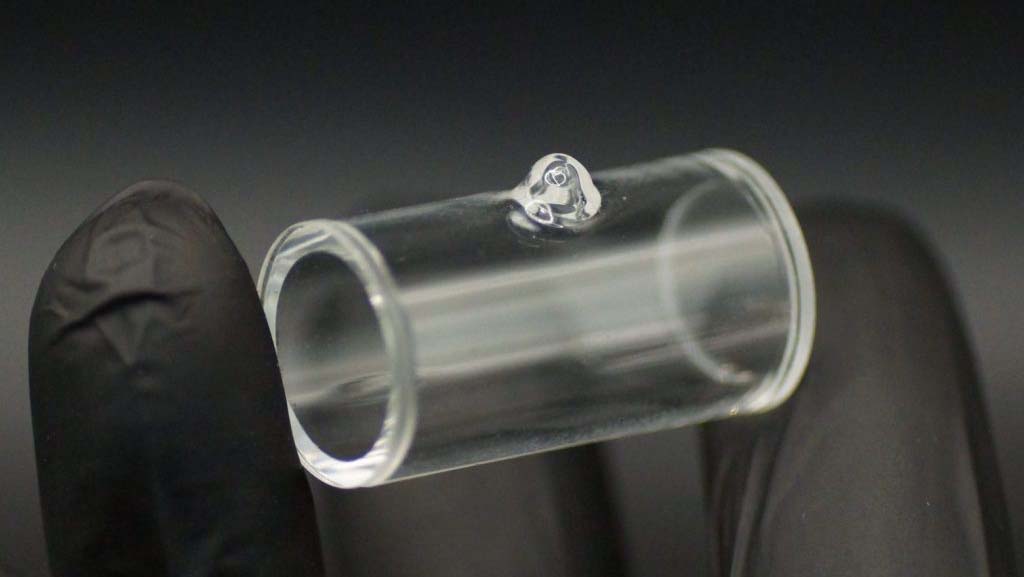
Round bubble series
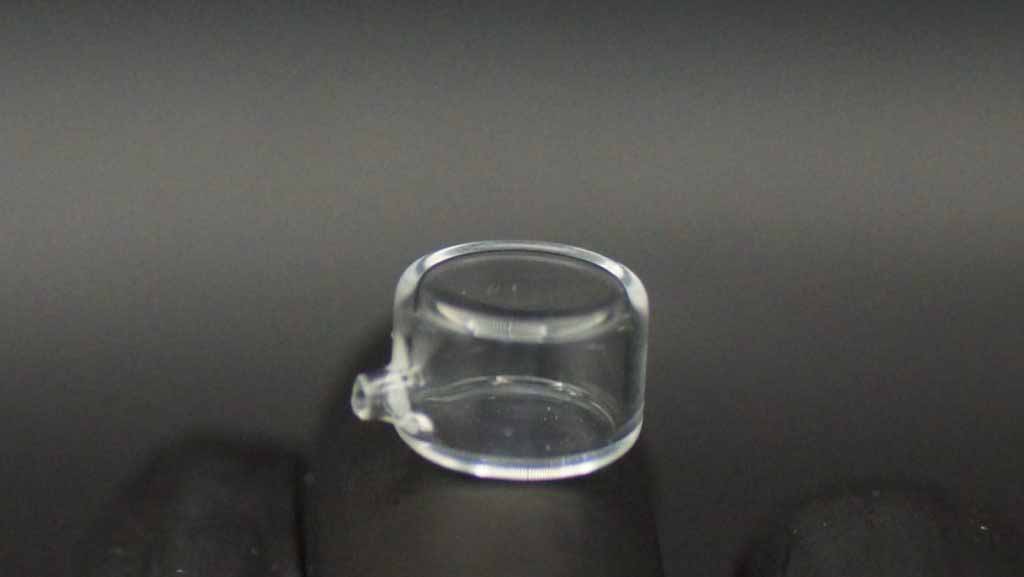
- Applied to conventional atomic clocks
>> Click here to learn more about sizes or parameters.